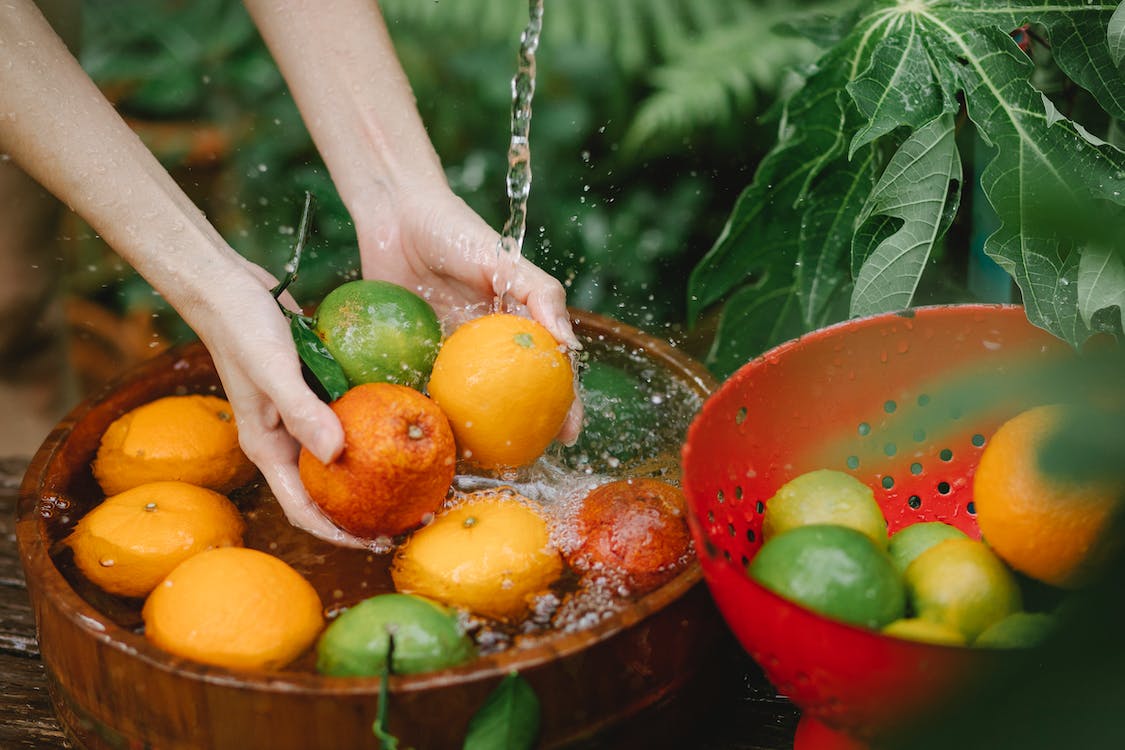The world of botany is a captivating one, filled with mysteries and wonders waiting to be uncovered. For Class 10 students, understanding the intricate processes that occur within the plant kingdom is not only fascinating but also crucial for a solid foundation in science. One of the fundamental concepts you'll delve into is how food is transported in plants. In this blog, we'll embark on a journey to explore the incredible mechanisms that make this possible.
The Plant Transport System - An Introduction
Before we dive into the details of how food is transported in plants, let's first grasp the concept of the plant transport system. The plant transport system is a complex network of tissues, much like our circulatory system. This system is responsible for moving essential substances, including water, minerals, and food, throughout the plant.
Why is This Important?
The transport system is vital for several reasons. First and foremost, it ensures that every part of the plant receives the necessary nutrients for growth and survival. Just as our bodies rely on a well-functioning circulatory system to transport blood and oxygen, plants rely on their transport system to move nutrients.
Xylem: The Water Transport System
Our journey begins with xylem, a crucial component of the plant transport system. Xylem is responsible for transporting water and minerals from the roots to the rest of the plant. It's like the plant's plumbing system, ensuring a constant flow of water and nutrients.
Structure and Function of Xylem
Xylem consists of elongated cells that are dead at maturity. These cells are stacked end to end, forming tiny pipes within the plant. The walls of these cells are heavily lignified, providing strength and support. Lignin also prevents these cells from collapsing under the pressure of water transport.
The main function of xylem is to transport water and minerals absorbed from the soil. When water is scarce, xylem cells lose water and become turgid, maintaining the plant's structural integrity. This process, known as transpiration, is crucial for the upward movement of water.
The Role in Food Transport
Although xylem's primary role is water transport, it indirectly contributes to food transport. How? By ensuring that the plant's cells remain turgid. When cells are turgid, they are more efficient at taking in nutrients. This, in turn, supports the movement of dissolved nutrients within the plant, including the transportation of sugars produced in the leaves through photosynthesis.
Phloem: The Food Transport System
As vital as xylem is for water transport, phloem takes the lead in the transportation of food, especially the sugars produced during photosynthesis. Think of phloem as the plant's version of a food delivery service, ensuring that every part of the plant receives its energy supply.
Structure and Function of Phloem
Phloem is composed of living cells, specifically sieve tube elements and companion cells. These cells form a network that connects all parts of the plant, like an intricate web of food pipelines.
The primary function of phloem is to transport the products of photosynthesis, mainly sugars (like glucose) and other organic nutrients, to various parts of the plant. These sugars are produced in the leaves and need to be distributed to areas where they are required for growth, energy, and storage.
The Role in Food Transport
Phloem plays a central role in food transport. It's like the plant's circulatory system, moving nutrients to where they're needed. When sugars are produced in the leaves, they are loaded into the phloem and transported to areas of the plant that are actively growing, such as roots, flowers, and developing fruits.
How Xylem and Phloem Work Together
The beauty of the plant transport system lies in the seamless coordination between xylem and phloem. It's not just about transporting water and food; it's about ensuring that these processes work together efficiently.
Coordinated Food and Water Transport
Xylem and phloem are interconnected. Xylem brings water and minerals to the cells where photosynthesis occurs, providing the raw materials needed for food production. Simultaneously, phloem transports the sugars produced in these cells to other parts of the plant where they're required.
The coordination ensures that the plant operates like a well-tuned machine, where the supply of raw materials and the distribution of food are closely aligned. It's a symphony of processes that keeps the plant alive and thriving.
Nutrient Exchange
In this intricate dance between xylem and phloem, there's also nutrient exchange. As sugars are moved through the phloem, some of the nutrients are exchanged with other cells. This exchange ensures that not only are the plant's energy needs met, but other essential elements are distributed throughout the plant.
Conclusion
In conclusion, understanding how food is transported in plants is a fascinating journey into the world of botany. The plant transport system, with its key players, xylem and phloem, ensures that plants receive the water, nutrients, and food they need to grow and flourish.
This knowledge isn't just a piece of trivia; it's fundamental to understanding the very essence of plant life. As a Class 10 student, you've now unlocked the secrets of the plant kingdom's circulatory system. These lessons will serve as a solid foundation for your future studies in biology, and who knows, they might even inspire you to become a botanist or a plant scientist, ready to explore the endless wonders of the green world.


